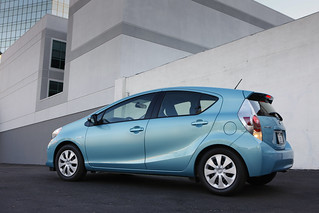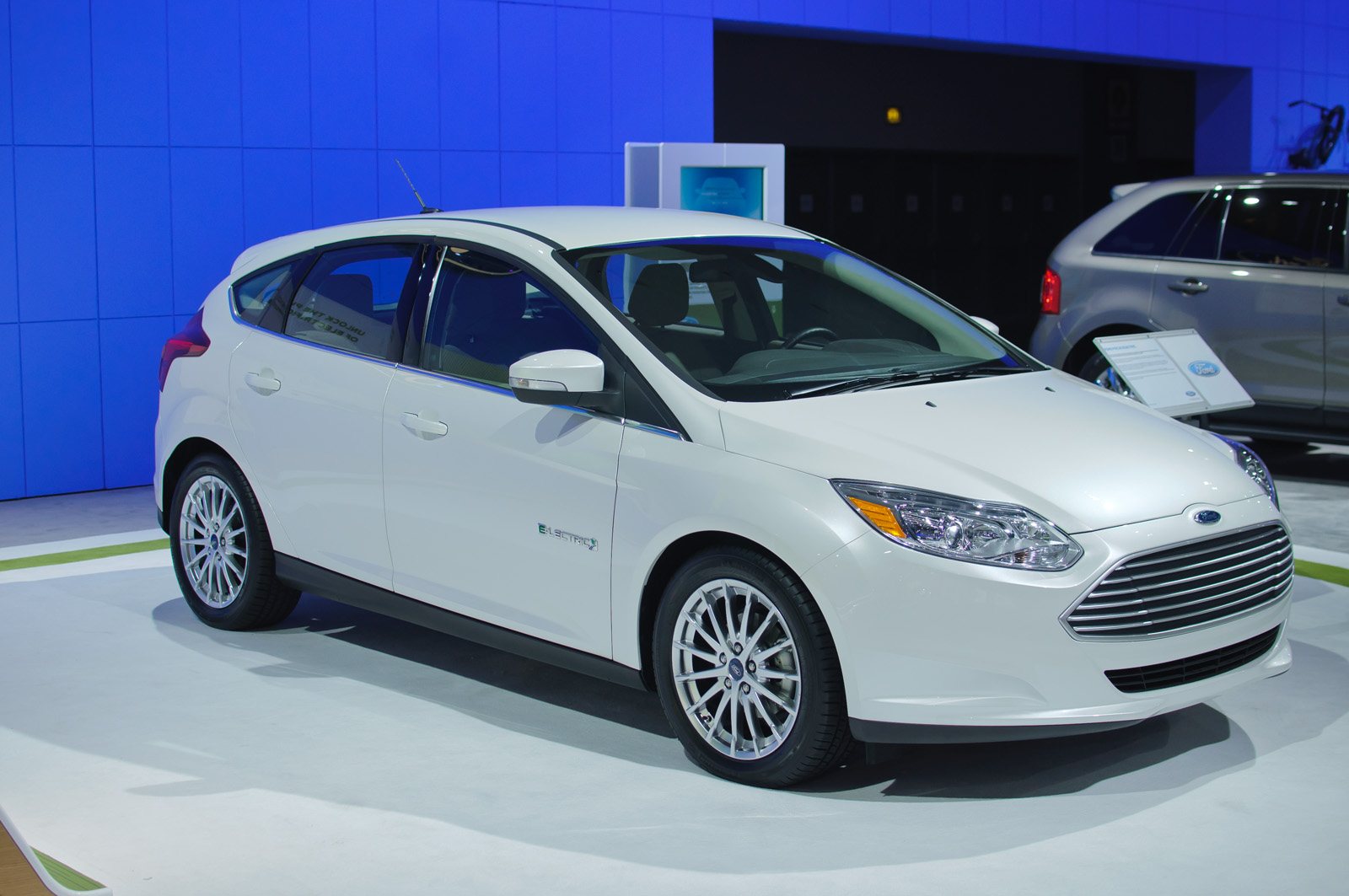Car manufacturers have been working hard to produce cars which have lower emissions and have as little an effect as possible on the environment. However, despite the good intention behind these vehicles the number of sales is declining, in parallel with the reduction in the cost of fuel. As fuel becomes cheaper it is easier and more affordable for consumers to return to standard gasoline engines.
However, manufacturers are continuing to bring new, fuel efficient cars into production; this may be in part due to these cars being designed whilst fuel process were exceptional high. The range of new, fuel efficient cars expected to be released in the near future include the Toyota Prius hybrid, Chevrolet Volt ‘extended range’ electric vehicle, the Nissan Leaf full electric vehicle and the new Tesla X model.
In fact the twelve greenest cars at the moment are all electric vehicles, which should not really be a surprising fact. The fact that the market for these vehicles is slowing will force the prices down and help people who want to help the environment but couldn’t previously afford to. These people are being aided by discounts, cash rebates and the federal tax credit which can go as high as US$7,500!
The Best
The Smart ForTwo Electric Drive received a green score of 63 from the ACEEE and is, for the third year running, the greenest car available in the US. It can achieve a whopping 107 miles per gallon in a combined environment. Although the Chevrolet Spark EV gives it a good run for its money; it also scores 63 and can do a huge 119 miles to the gallon!
Top Fuel Efficient Cars
- Smart ForTwo Electric Drive Convertible / coupe which can do 68 miles on one charge and 107mpg.
- Chevrolet Spark EV is only available in California, Maryland and Oregon. It can do 82 miles on one charge and 119mpg.
- Fiat 500e is available in California and Oregon and can go for 82 miles without a recharge. IT can achieve 104mpg and scored 62 in the ACEEE ratings.
- Toyota Prius Ecco is a hybrid electric / gas combination which can achieve 56mpg and scored 61 in the ACEEE tests.
- Volkswagen e-golf can travel 83 miles on one charge at an average rating of 116 mpg. It scored 61 and is available in a wide range of states.
- Nissan Leaf; this all electric vehicle can do 107 miles on one charge and achieve 116mpg!
- Kia Soul Electric is only available in California, it can do 93 miles on one charge and achieves 105mpg
- Toyota Prius C is a hybrid which scores 61 in tests and can offer 50mpg.
- Standard Toyota Prius – this vehicle is also a hybrid and scores 58 in the tests while providing 52mpg.
- Ford Focus Electric can cover 76 miles in one charge and offers 105 miles per gallon. It is available across America and scored 57 in the ACEEE tests.
- Chevrolet Volt – this hybrid vehicle offers 53 miles on one charge and 106 miles per gallon on electric only power or 42mpg in gasoline mode.
- Volkswagen Jetta Hybrid; with a score of 56 this vehicle takes the number twelve spot and offers 44mpg under a hybrid electric / gasoline mix. It scored 56 in the ACEEE test.
- Porsche 911 Carrera S – the 911 Carrera S can get to 60 mph in 4.1 seconds. This makes it both fast and fuel-efficient. There’s a 3.8 flat six engine under the hood that helps this beauty get to 400 hp.
The Rating
The rating is decided based upon the mile per gallon figure, the emissions and the overall impact on the environment which includes the effect of its manufacture. Even a zero rated emissions car will have had an environmental impact depending upon the materials used and how the power is generated to both manufacture it and run it. Whilst an electric vehicle is going to be much more environmentally friendly than a petrol powered one, the actually effect on the environment is controlled by how the electricity is generated which powers it.
By Christopher Austin and Design911.co.uk!









